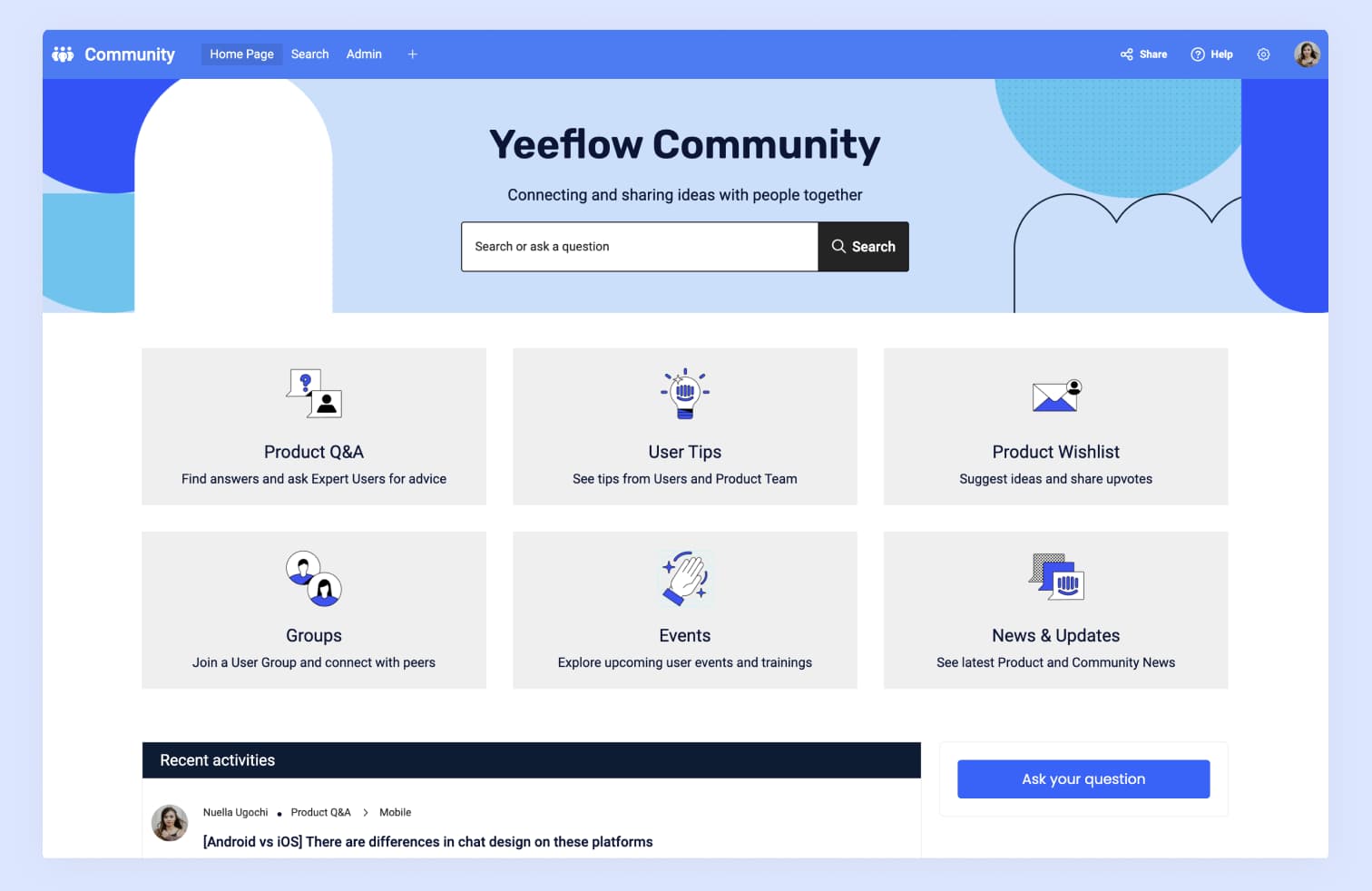In today's interconnected digital workspace, the concept of an internal community has emerged as a cornerstone for fostering robust organizational communication and collaboration. But what exactly is an internal community, and why has it become so crucial for modern organizations?
Understanding Internal Communities
An internal community represents a closed ecosystem within an organization designed to facilitate seamless communication and collaboration among its members. Unlike broader social networks or public forums, an internal community serves a distinct purpose within the confines of an organization. This purpose can vary—from connecting individuals within specific teams or departments to managing and streamlining projects effectively.

At its core, an internal community is both closed and purpose-driven, focusing on the needs and objectives of the larger organization it serves. These communities are tailor-made to simplify the process of working together, centralizing communication to enhance efficiency and ensure all members are aligned towards a common goal.
The Role of Internal Communities
Internal communities are not just about bringing people together; they are about creating a space where collaboration is not just possible but encouraged and facilitated. Whether it's to unite team members from different departments or to oversee the execution of projects, these communities are built with a clear intention to make achieving organizational objectives more practical and efficient.
One of the key benefits of an internal community is its size and scope. Typically smaller and more focused, these communities offer unique leadership and participation opportunities to members who might not have the chance to express their ideas or lead in the broader organizational context. This smaller scale allows for a diversity of voices to be heard, fostering a culture of inclusivity where every member can contribute to the community's success.
Why Is It Important to Build an Internal Community?
Building an internal community within your organization is more than just creating a space for communication—it's about forging a dynamic environment where collaboration flourishes, ideas proliferate, and a shared purpose propels the organization forward. Here are some pivotal reasons why establishing such a community is crucial:
Communication Purposes
- Enhanced Collaboration: Internal communities break down barriers, enabling team members to communicate more freely and form meaningful connections, crucial for fostering cross-functional collaboration.
- Empowerment and Diversity: By giving employees a platform to be heard, internal communities facilitate talent development and bring a diversity of ideas to the forefront, enriching the organization's culture.
- Human Connection: They promote peer-to-peer connections, nurturing a more human, compassionate approach to working together.
Information Tracking
- Streamlined Tracking: The relatively smaller size of internal communities simplifies tracking project activity and processes.
- Centralized Information: Such communities serve as a single source of truth, standardizing business processes and ensuring everyone is aligned, which is especially beneficial for speeding up the onboarding process.
Structural Change
- Cultural Transformation: Internal communities can drive structural and cultural changes within an organization, making it easier to share best practices and adopt new methodologies.
- Governance and Problem Solving: They can also act as governance bodies in larger organizations, offering solutions to common business challenges.
How to Build an Internal Community?
Building a vibrant internal community starts with clarity and intention, followed by strategic implementation. Here’s how you can create an effective internal community within your organization:
1. Define the Community’s Purpose
Understanding what you aim to achieve is the first step. Whether it's enhancing the onboarding process, fostering a culture of diversity and inclusion, or tackling specific organizational challenges, defining the community's purpose is paramount.
2. Identify Key Participants
Determine which employees or members will best contribute to and benefit from the community. Look for a mix of established talents and those with growth potential. Engaging employees through surveys or voluntary sign-ups can help identify interested participants.
3. Select the Right Platform
The success of an internal community greatly depends on the platform you choose. It should facilitate easy communication, collaboration, and information sharing in line with your community's goals.
Leveraging Yeeflow’s Internal Employee Template
Recognizing the intricacies of building an internal community, Yeeflow presents the Internal Employee Community Template. This no-code template simplifies the creation and management of your internal community by offering customizable features tailored to your organizational needs. From streamlined communication channels to centralized information hubs, Yeeflow empowers you to foster a culture of collaboration and innovation effortlessly.

Start Building Your Community with Yeeflow
Embrace the potential of a connected, engaged, and empowered workplace by establishing your internal community with Yeeflow. Discover Yeeflow’s Internal Employee Community Template today and embark on a journey to organizational excellence.
Tags
Industry Insights



